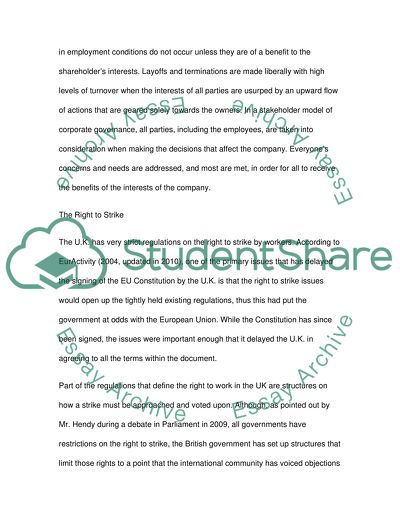Cite this document
(“Should workers have the right to strike, and should this right be Essay”, n.d.)
Retrieved from https://studentshare.org/environmental-studies/1405496-should-workers-have-the-right-to-strike-and-should
Retrieved from https://studentshare.org/environmental-studies/1405496-should-workers-have-the-right-to-strike-and-should
(Should Workers Have the Right to Strike, and Should This Right Be Essay)
https://studentshare.org/environmental-studies/1405496-should-workers-have-the-right-to-strike-and-should.
https://studentshare.org/environmental-studies/1405496-should-workers-have-the-right-to-strike-and-should.
“Should Workers Have the Right to Strike, and Should This Right Be Essay”, n.d. https://studentshare.org/environmental-studies/1405496-should-workers-have-the-right-to-strike-and-should.


